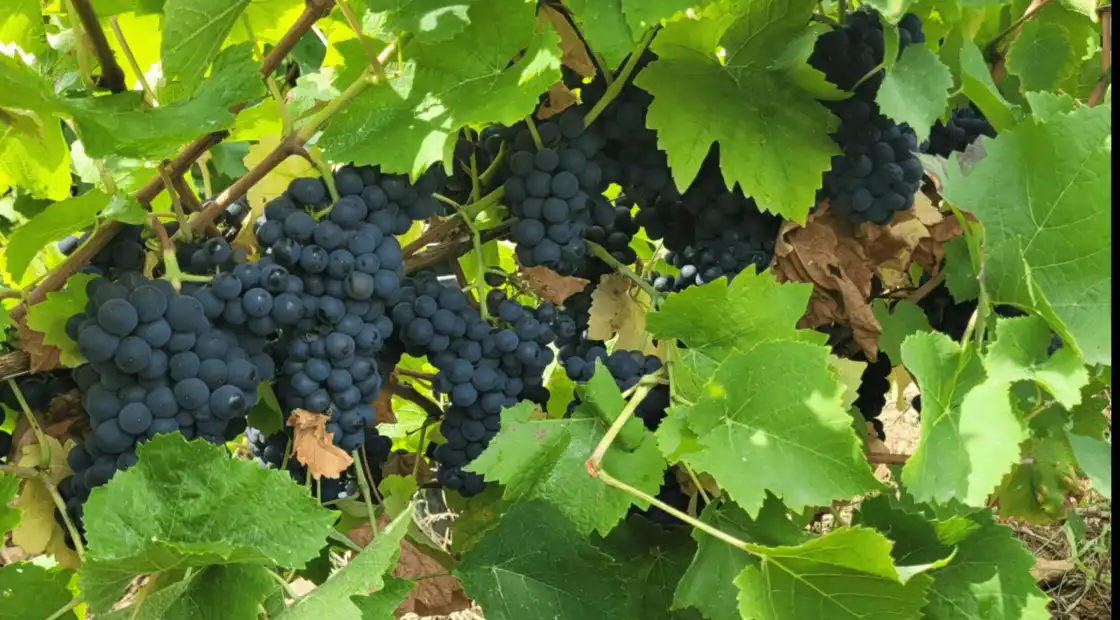Malolactic fermentation and tank end management: initial lessons from the MaloLoire project

The MaloLoire project: analysis of practices and initial results
This presentation, presented at SIVAL 2025 byIFV, highlighted the initial results of the MaloLoire regional project on malolactic fermentation in the Loire Valley. Initiated in 2023 with the support ofInterloire and the Pays de la Loire and Centre regions, this project aims to study winemakers' practices, characterize wines and propose tools adapted to current challenges.
A survey of 90 winegrowers revealed that 72% of them systematically carry out malolactic fermentation (MLF), although its control remains heterogeneous. Of these, 50% carry out MLF during alcoholic fermentation, while 50% carry it out post-fermentation. A majority (82%) monitor its development by acid measurement and microscopic observation, but only 22% monitor it from the start of the process.
Impact of climate and changes in winemaking practices
Climate change is gradually altering fermentation conditions, increasing pH and alcoholic strength by volume (ABV), which complicates fermentation management. At the same time, the trend towards lower sulfite levels increases the risk of the development of sometimes undesirable indigenous flora. These developments make it all the more necessary to control MLF more precisely in order to maintain the sensory quality of the wines.
Winemakers reported a number of recurring problems, including unwanted malolactic fermentations being triggered prematurely, and organoleptic deviations (mousey taste, rising volatiles). In 2023, the early onset of malolactic fermentation was a major problem, leading to slow fermentations and sensory defects. To remedy this, various strategies are being implemented, such as adjusting sulfiting and reinforced monitoring of microbiological indicators.
Influence of vat feet and implications for winemaking
As part of the MaloLoire project, a specific study is being carried out on tank ends. The aim is to assess whether bacteria present in the tank ends are found in the main tanks, and to identify best practices for controlling their impact on fermentation.
Monitoring of the 2024 harvest has revealed significant variations between vats, even when they come from the same estates and have similar analytical parameters. This complex genetic diversity of oenological bacteria partly explains the observed differences in MLF success. The use of systematic microbiological controls, combined with technical itineraries adapted to each vintage, appears to be an essential solution for stabilizing fermentations and preventing deviations.